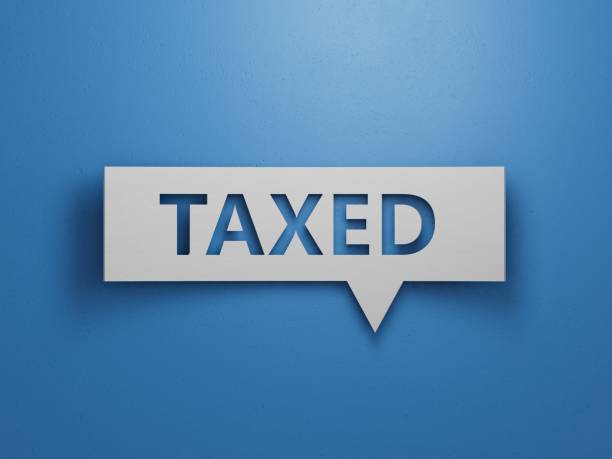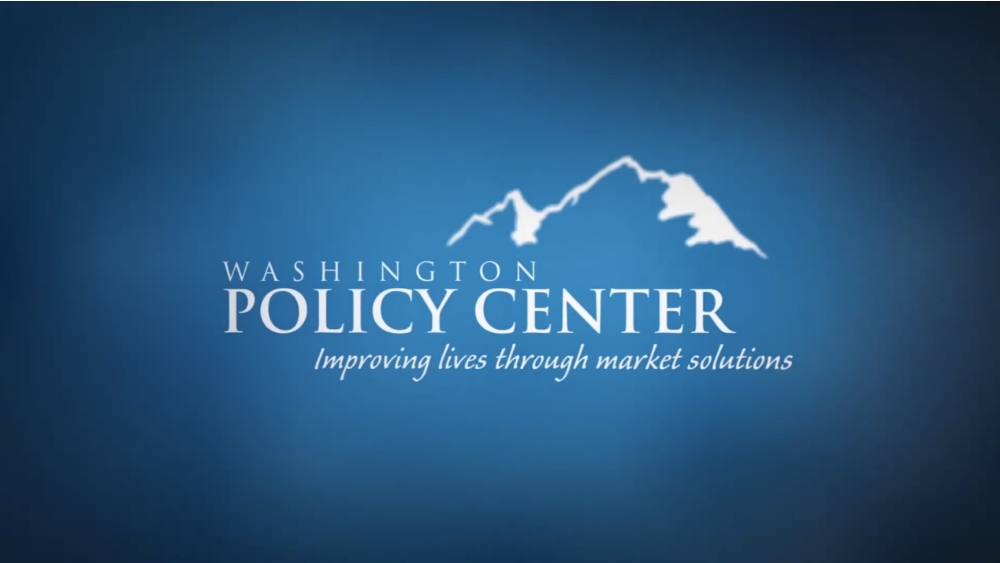A lot of people don’t look closely at their medical bills. If they did, they might feel like they were reading a Monopoly board: $10 for an aspirin, $400 for Boardwalk. None of it seems real — and in many cases, it isn’t. The bill might show $10 for aspirin, but the actual price paid, after insurer negotiations, could be 50 cents. It could also include someone else's aspirin. Since few consumers pay the bill directly, the incentive to care about cost evaporates.
That’s part of the core problem in U.S. health care. When a third party — government or employer — is footing the bill, the system stops rewarding cost-consciousness and starts enabling inflation. This has led to a bloated, disconnected market where prices are inflated, savings don’t benefit patients and cost-shifting is the norm.
This distortion is particularly visible in how governments reimburse providers for care. In Washington state and elsewhere, Medicaid pays providers well below the actual cost of delivering care. Medicare comes closer, but still underpays. So hospitals and clinics make up the difference by charging private insurance plans more. That’s called cost-shifting. It’s the quiet tax on your employer or individual plan you never voted for.
As public coverage expands without paying its way, private payers shoulder more of the load. Premiums rise. Access narrows. The system strains.
Instead of addressing this imbalance, lawmakers often double down on it.
This year, Washington’s Legislature passed Senate Bill 5083, capping what hospitals can charge for services provided to government employees and their dependents. That might sound good on paper — lower costs for the state and its employees — but it means someone else will have to pick up the slack. Typically, that “someone” is private insurers and the employers and workers who rely on them. Price controls don’t eliminate costs; they shift them.
Another example is House Bill 1392, a law pitched as a fix for Medicaid underpayment. It aims to increase Medicaid reimbursement rates to Medicare levels — again, a laudable goal. But here’s the catch: It funds this increase with a new “covered lives” assessment, a per-enrollee tax on private health insurance plans. In other words, it forces private insurance to pay more so the government can say it’s paying more. It’s one more round of cost-shifting, disguised as reform.
Washington state’s Office of the Insurance Commissioner recently reported that 14 health insurers are requesting average premium increases of 21.2% for 2026. While multiple factors drive those requests, policies like HB 1392 — where private insurance is made to cover shortfalls in public coverage — only worsen the trajectory.
It doesn’t have to be this way.
Safety nets are important. But if governments are going to be the primary insurer for millions of Americans, they need to fund care at sustainable levels, not push their shortfalls onto others. That means narrowing eligibility, requiring modest cost-sharing from recipients, eliminating wasteful dual-state payments that do nothing for recipients, and letting market forces play a bigger role in pricing.
Unfortunately, our state’s leaders continue to flirt with “universal,” taxpayer-financed health care. But universal access isn’t the same as universal care. In systems like Canada or the UK, these systems lead to rationing, long wait times and limited innovation — not abundant and efficient services.
We need a health care system where more people — not fewer — have skin in the game, and where providers compete for their dollars with quality and price. More payers. More choices. More pressure on providers to offer value.
That’s how you tame costs, not by hiding them.






